Before I even knew I’d be studying in Florence, I dreamed of going to Venice. The sparkling city on the water, full of extravagant elegance at every turn, was like a far-off fairy tale to me. It was something out of the pages of an ancient romantic story, its pages telling of mysterious and festive masquerade balls and artists still practicing their intricate crafts.
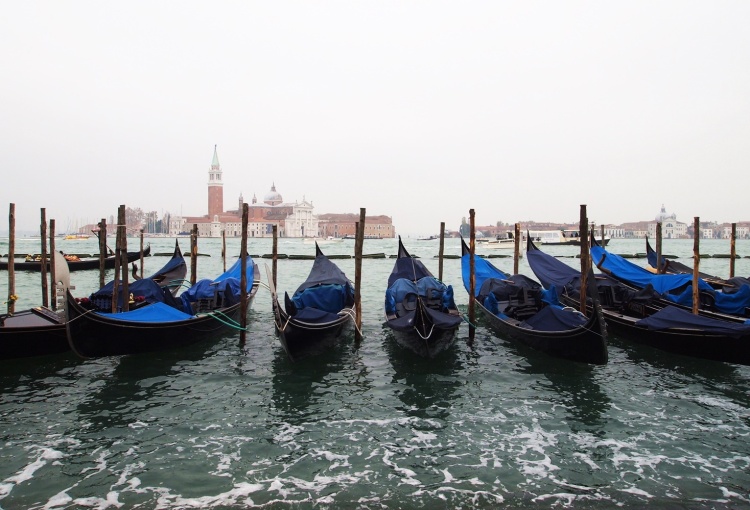
So, when I first arrived in Italy, I blocked out a weekend in November (best to go in the off-season – Venice can get very crowded around vacation times) and started thinking of things I wanted to do there.
Soon enough, that weekend was upon me. A few friends and I took the train from Florence on Friday morning, enjoying the scenery of Italy’s Emilia-Romagna and Veneto regions pass us by. We’d have the next two days to enjoy in the city, before setting off for Verona on Sunday.
When I first stepped out of the Santa Lucia train station, I was awestruck. I didn’t have to walk around to find the famous canals of Venice – they were right there. Just under a hundred yards or so from the station was the main one – the Grand Canal.
As we walked on, we saw shop after shop selling artwork by local artists who’d inherited their crafts from generations of Venetian heritage. The stone streets were exactly what I’d dreamed of, and every so often, we’d cross a little footbridge to continue our wandering.
That was my main goal for the weekend – to wander. I’d heard that if I were to get lost in any city, Venice was the one to do it in. And the one it was most likely to happen in. The tiny streets were really designed only for foot traffic, and at times it felt like walking through a never-ending maze, in which re-tracing one’s steps is all but impossible. And it was wonderful.





We stopped by St. Mark’s Basilica – a must-see for anyone in the area. The inside is decorated almost entirely by gold mosaic tiles that glitter when light passes over them. In some spots, the ceiling reaches over 140 feet – and the detail in the decoration, even that high up, is stunning.
Then we made our way next door to check out the Doge’s Palace. The sprawling palace gave us a sense of the wealth of the merchant city in its golden days. Back then, it was used primarily for government functions and to house the Doge and his family. The Doge was the most important member of Venice’s government, usually one of the most senior members of the existing government, and would be elected for life. Nowadays, though, the palace serves as a museum, filled with important paintings and artifacts from Venice’s history. The palace itself could stand as a museum on its own without all of that, though. Just the ceilings and walls alone gave new meaning to “extravagance.”







Afterwards, we grabbed a quick snack from a nearby market and met up with our friends who had been on a field trip for some more good ol’ fashioned exploring. We worked up quite the appetite and found a trattoria near our accommodation for some dinner. My host dad suggested I try the “spaghetti alle vongole,” or, spaghetti with clams, so that I did. Best seafood/pasta combination I’d ever had.


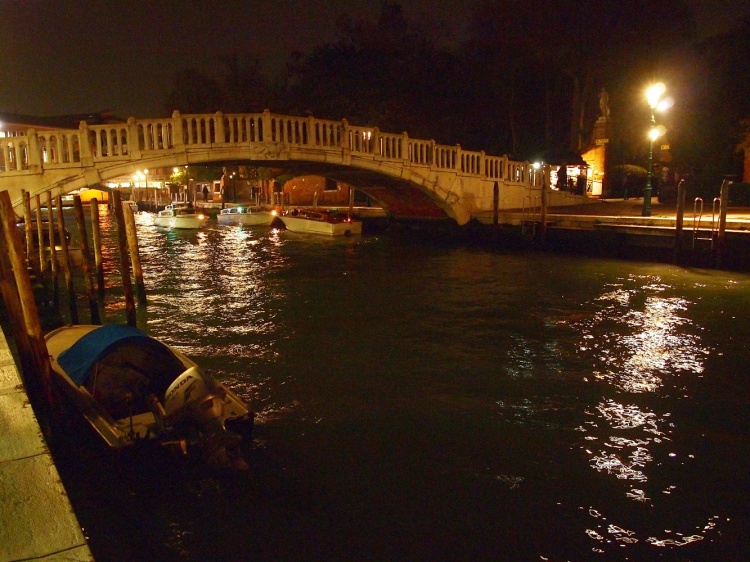
We had three items on the agenda for the next day: explore, ride a gondola and visit the island of Murano.
We started with the exploring part…


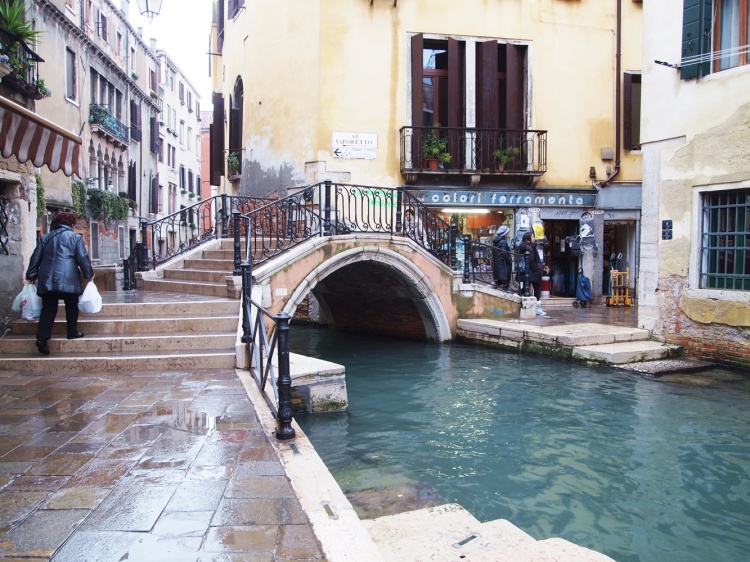


When we made our way back to the main areas, we did some shopping and ate a quick lunch at a panini shop. Then came the experience on everyone’s bucket list – the gondola ride.
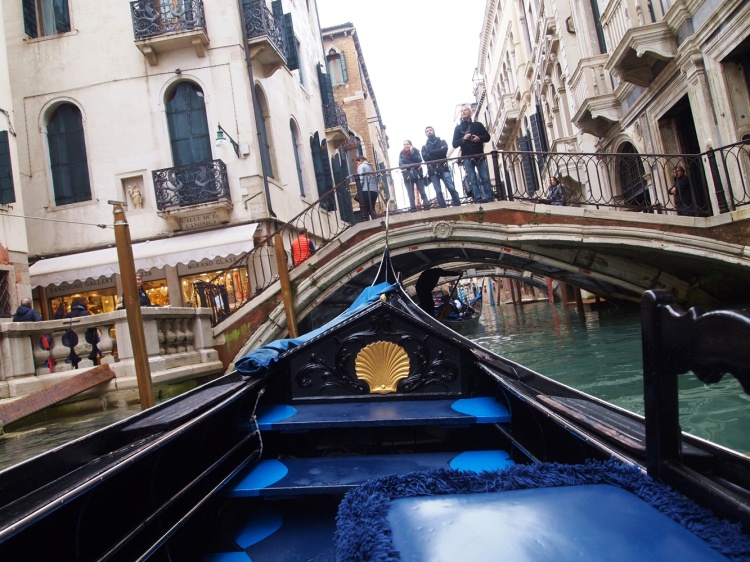




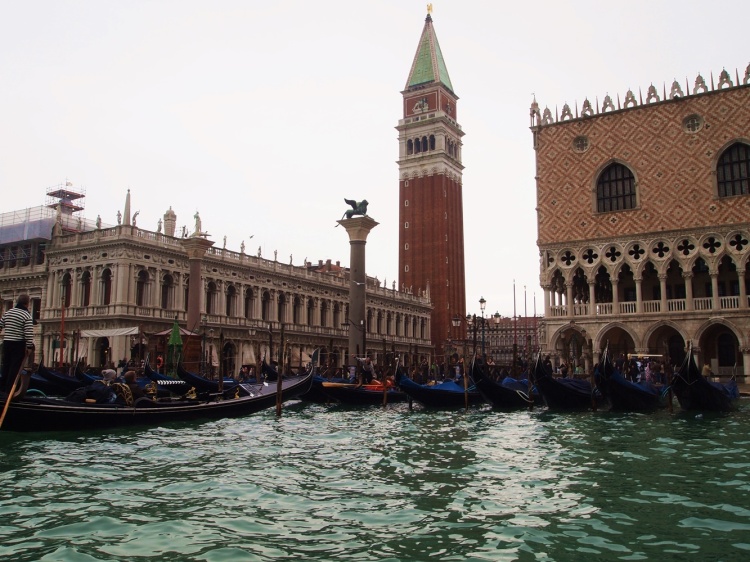

Next, we walked across the city to catch the water bus – yes, that’s a thing – that would take us to Murano Island. Murano is just under a mile away from the mainland Venice, and is world renowned for its glass artisans.
In the middle ages, glass was a sought-after, prized luxury, and Venice was beginning to build a reputation for having the best glass artists in the world. However, after a few scarring fires on Venice’s mainland, the government decided to move the artists to the island of Murano so that their equipment would no longer endanger the rest of the city.







All the way back, we watched the sun sink into the water from the water bus. By the time we got back to the city center, it was dark out. We stopped by a nearby trattoria for some dinner.

Lastly, we made our way toward the main canal, to the Chiesa di Santa Maria della Pietà. We had plans to catch a concert that evening – a string ensemble’s rendition of several classics and Vivaldi’s “Four Seasons.”
The coolest part? Hearing Vivaldi’s pieces in the very church they were written for. Vivaldi wrote his music for the orchestra of orphans he taught and conducted – and their performances were held in the church we were sitting in.
The concert was wonderful – the perfect end to the perfect visit to Venice.
Final Gelato Count: 55

